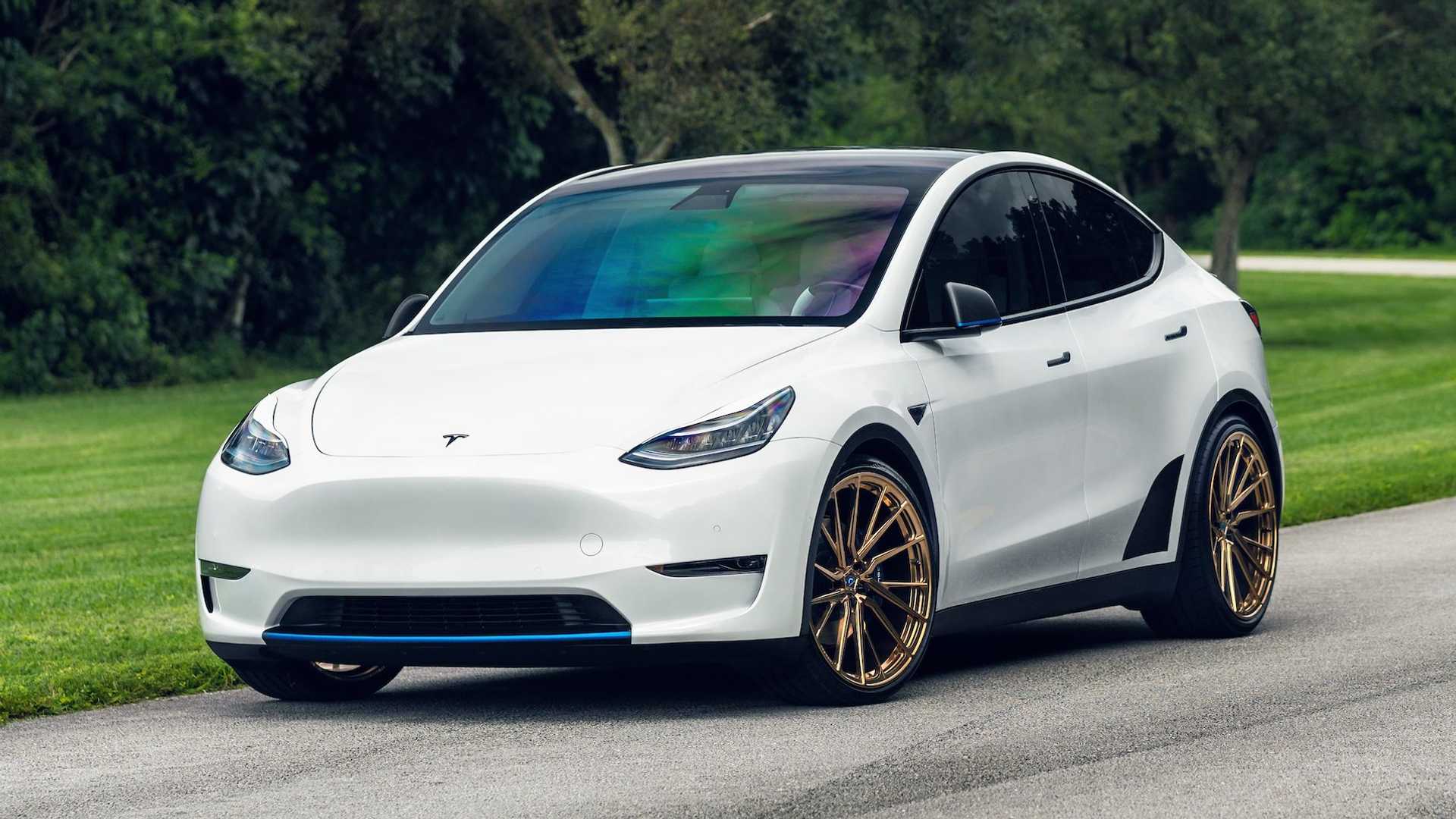All of the world’s major automotive manufacturers have started to ramp up the production and marketing of electric cars, and it seems that most consumers also want them, but the price is still expensive compared to conventional cars, making consumers think twice about buying.
Putting aside the issue of infrastructure readiness, other things that consumers need to know at this time, one of which is “why are electric vehicles expensive?” What makes electric cars more expensive than internal combustion engine vehicles?
Why are electric vehicles expensive?
According to a Financial Times study, electric cars will be “much more expensive” for European automakers to produce than internal combustion models for at least the next decade (10 years).
Although the total cost of producing a compact electric car will drop by more than a fifth by 2030 to 16,000 euros, that’s still 9 percent higher than comparable gasoline or diesel cars, according to data compiled by Oliver Wyman for the Financial Times.
The cost of making internal combustion cars isn’t expected to drop much, but the cars themselves are getting more expensive as buyers demand “luxurious interiors and more sustainably sourced materials” or are environmentally friendly, analysts say.
Electric vehicles will indeed reach price parity with internal combustion models in time, just not soon, according to the study.
Electric vehicle market
Electric vehicle sales in 2021 will reach 6.75 million units, up 108 percent from 2020, according to the EV Volume report. Meanwhile, Statista reports a slightly different figure, namely 6.6 million units, more than twice the 2020 sales of around 3 million units.
Volume 6.75 million, the EV Volume report, includes passenger vehicles, light trucks, and light commercial vehicles. The global share of battery-based EVs and plug-in hybrids (BEV & PHEV) in global light vehicle sales is 8.3 percent compared to 4.2 percent in 2020.
BEV accounts for 71 percent of total EV sales, PHEV for 29 percent. The global auto market expanded by just 4.7 percent during the 2020 crisis year. As in 2020, EVs are again resilient to pullbacks in auto demand and supply.
The growth of electric cars is encouraging in the midst of a relatively stagnant global car market in 2020 due to restrictions and the direct impact of COVID-19, but in 2021 it will return to a good trend.
China in particular is having a breakthrough year in 2021, with sales nearly tripling from 1.2 million to 3.4 million electric cars, according to Statista.
Europe remains the second largest market for electric cars, with new registrations increasing nearly 70 percent to 2.3 million units, half of which are plug-in hybrid models.
In the United States, sales surpassed half a million for the first time, but the overall market share of electric vehicles remains well behind China and many European markets.
According to the International Energy Agency (IEA), China, Europe and the United States account for about 90 percent of global electric car sales, which illustrates that e-mobility is not developing at the same pace globally.
Government policies remain the main driving force for the global electric car market, but their dynamism in 2021 also reflects a very active year in the auto industry.
Tesla as a leader in the battery-based electric car (BEV) market will record global sales of 936,000 units in 2021, controlling 21 percent of the global market for this segment. The biggest contributor to Tesla’s sales is the Model 3, which retails for $35,000.
Besides Tesla, sitting in the top five biggest sales of electric cars last year were Volkswagen Group (757,994 units), SAIC (including SAIC-GM-Wuling) 683,986 units, BYD 593,878 units, and Stellantis (a result of the merger of FCA and PSA) 360,953 units.
Battery Manufacturing Cost
According to research by the International Council on Clean Transportation (ICCT) in 2019, the cost of making battery cells reaches up to 70 percent to 75 percent of the total cost of producing batteries as a whole.
According to statements by automakers Volkswagen, General Motors and Tesla, the average production cost of nickel-combalt aluminum oxide (NCA) batteries in 2018 ranged from $100 to $150 per kWh (kilo Watt hour).
As for the nickel manganese cobalt (NMC) which is produced more limitedly, the cost reaches 150 dollars to 200 dollars per kWh. This means that the higher the battery capacity and the longer the range of the electric vehicle, the higher the cost.
But with the development of technology which of course is accompanied by mass production of batteries, the production costs will be lower. This requires a balance between production costs and the amount of production produced to achieve lower prices.
Therefore, then comes the estimate of the cost of making the battery is getting lower. Battery production costs are expected to fall to $130 to $160 per kWh in 2020-2022, then to $120 to $135 in 2025.
Tesla says it will reach $100/kWh by 2022, tied to battery packs based on NCA technology and based on higher production volumes than before.
The BloombergNEF (BNEF) industry survey shows the cost of producing battery packs will drop to $62 per kWh by 2030.
With the collaborative approach of automotive manufacturers with battery makers increasingly being applied in recent times, the selection of materials and technologies that are getting cheaper, plus the volume of EV production that is expected to continue to increase, it is clear that the cost of batteries and electric cars will be more affordable.
Hopefully, with the electric vehicle market this year–which according to Gartner’s estimates–to reach 6.3 million units globally, it will be accompanied by increasingly affordable prices and better infrastructure in various parts of the world.

